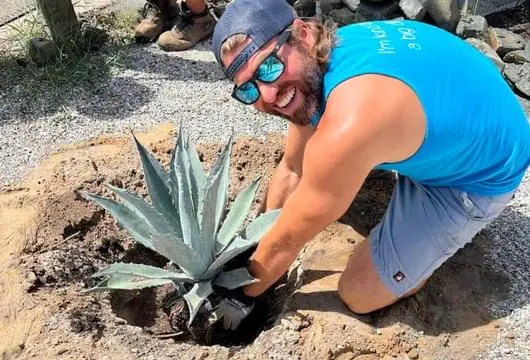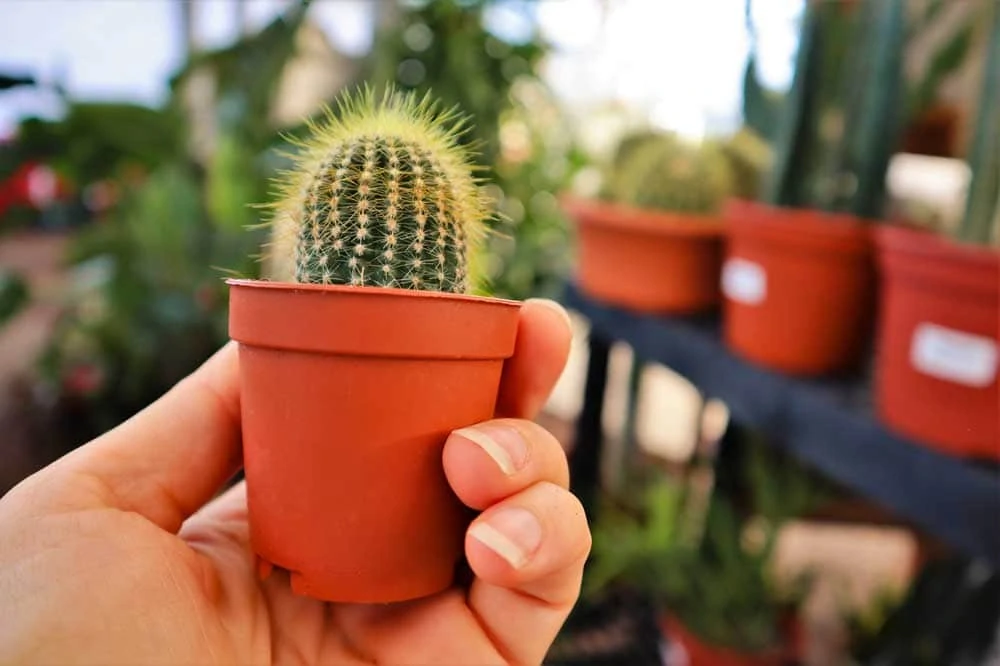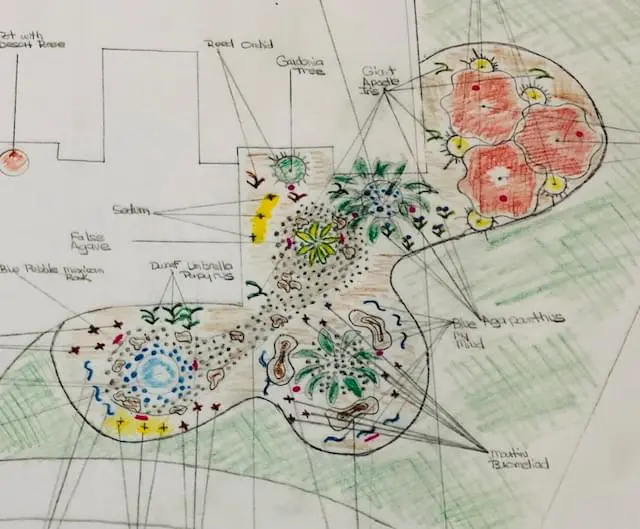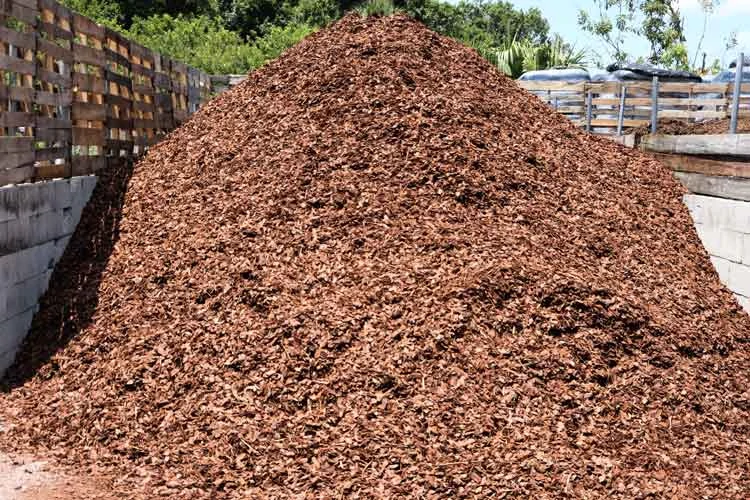By Amanda Rose Newton
In the sunshine state of Florida, where heat and humidity reign supreme, creating a sustainable, low-maintenance landscape can be a challenge. However, with the right approach and selection of xeriscape plants, you can design a stunning, desert-inspired garden that thrives in Florida’s unique climate.

Incorporating elements like coquina rock, driftwood, mangave, agave, and other low-water plants can transform your outdoor space into a serene, water-wise oasis.
What is Xeriscaping?
Xeriscaping is a landscaping method that reduces or eliminates the need for irrigation. By choosing drought-tolerant plants and incorporating hardscape elements, xeriscaping conserves water and reduces maintenance. It’s a perfect solution for Florida gardeners looking to save on water bills and minimize upkeep while still enjoying a lush and vibrant garden.
Key Elements for a Florida Xeriscape
1. Coquina Rock
Coquina rock, a type of limestone composed mostly of shell fragments, adds a rustic, natural texture to your landscape. Florida happens to be one of the coquina “hot spots” of the world and it is considered to be our native stone. Use it to create pathways, borders, or as a feature in rock gardens. Its porous nature allows it to retain moisture, benefiting surrounding plants.
2. Driftwood
Incorporating driftwood adds an organic, sculptural element to your xeriscape garden. Use larger pieces as focal points or smaller fragments as decorative mulch. Driftwood’s weathered appearance complements the rugged look of desert-inspired landscaping.
3. Mangave
Weird name, cool plant! Mangave, a hybrid between manfreda and agave, combines the best traits of both plants. It features striking, rosette-forming leaves with unique colors and patterns. Mangaves are less spiky than traditional agaves, making them a friendlier choice for gardens where children and pets play. They thrive in full sun and well-drained soil, requiring minimal water once established.
4. Agave
Agaves are the cornerstone of many xeriscape gardens. With their dramatic, spiky leaves and architectural form, agaves make a bold statement. They are exceptionally drought-tolerant and come in various sizes and colors, allowing for versatility in design.
A Note on Agave Reproduction: Both mangaves and agaves reproduce through pups, which are small offshoots or offsets that grow from the base of the parent plant. These pups can be separated and replanted to propagate new plants. Simply wait until the pup has developed a few roots of its own, then gently remove it from the parent plant and transplant it to a new location.
5. Century Plants:
Century plants, a type of agave (Agave americana), are known for their impressive size and unique life cycle. Despite their name, they typically live 10 to 30 years.
A Note on Century Plant Reproduction: At the end of their life cycle, century plants produce a massive flowering stalk, sometimes up to 30 feet tall. Which for comparison sake, is taller than the average carport! This spectacular bloom depletes the plant’s energy, leading to its death. However, century plants also produce numerous pups before they die, ensuring the next generation is ready to take their place.
Other Low Water Plants:
Yucca
With its sword-like leaves and tall flower spikes, yucca adds vertical interest and texture to xeriscape gardens. Yuccas are highly drought-tolerant and can thrive in poor soil conditions.
Cacti
Cacti, with their diverse shapes and sizes, are quintessential desert plants.

They require very little water and can withstand the harshest sun. Choose varieties like prickly pear (Native to Florida) or barrel cactus for a Florida xeriscape.
Succulents
Succulents, including varieties like sedum, echeveria, and aloe, store water in their fleshy leaves, making them ideal for low-water gardens. Their vibrant colors and unique forms add visual interest to any landscape.
Native Grasses
Incorporating native grasses such as muhly grass or sea oats can provide movement and softness to your xeriscape. These grasses are well-adapted to Florida’s climate and require minimal water once established.
Designing Your Florida Xeriscape
To create a cohesive and aesthetically pleasing xeriscape garden, consider the following tips:
1. Plan Your Layout
Start by sketching a design that incorporates both plants and hardscape elements. Group plants with similar water and light requirements together.

2. Soil Preparation
Ensure your soil is well-drained to prevent root rot. You may need to amend sandy or clay soils with organic matter to improve drainage.
3. Mulching
Use gravel, pebbles, or coquina rock as mulch to retain moisture, suppress weeds, and enhance the desert look.

4. Irrigation
While xeriscape gardens require minimal water, newly planted specimens will need regular watering until established. Consider using drip irrigation for efficiency.
5. Maintenance
Xeriscape gardens are low-maintenance but not maintenance-free. Regularly check for weeds, remove dead leaves, and monitor for pests.
By selecting the right combination of plants and materials, you can create a beautiful, low-maintenance xeriscape garden that not only conserves water but also enhances the natural beauty of your Florida landscape. Embrace the desert aesthetic and enjoy a sustainable, vibrant garden year-round.


